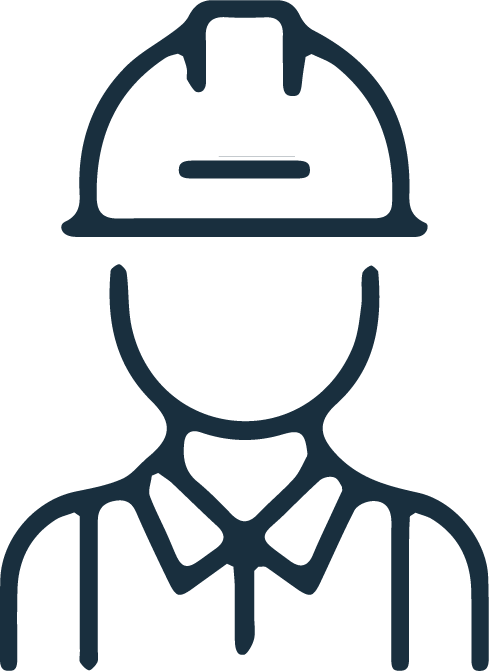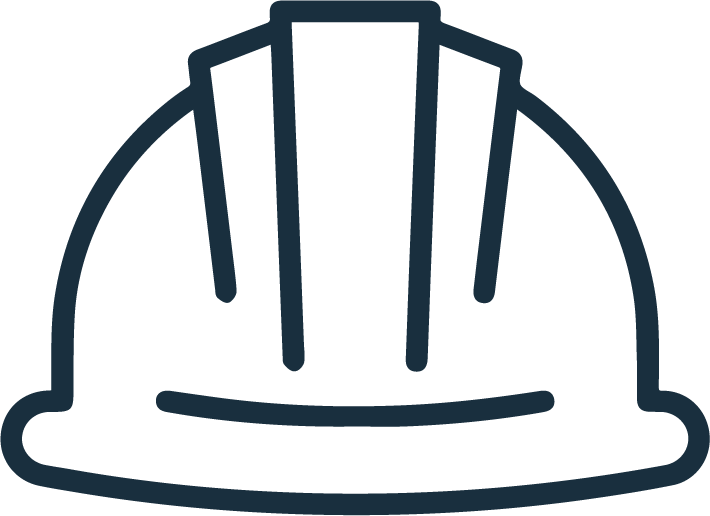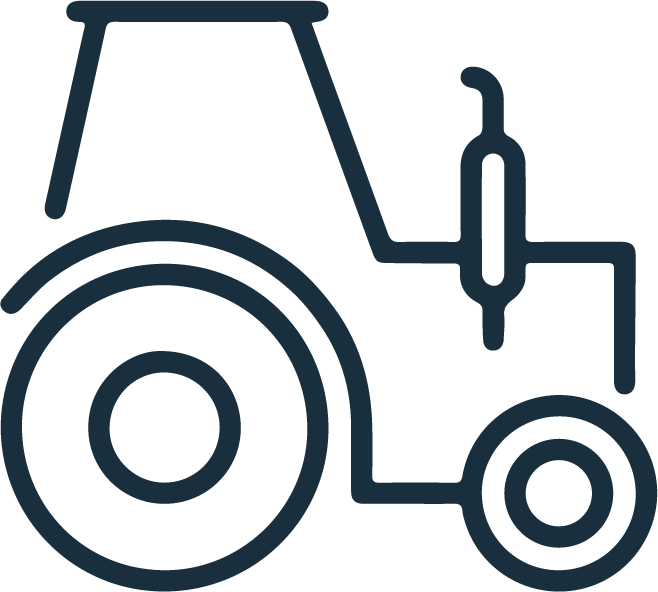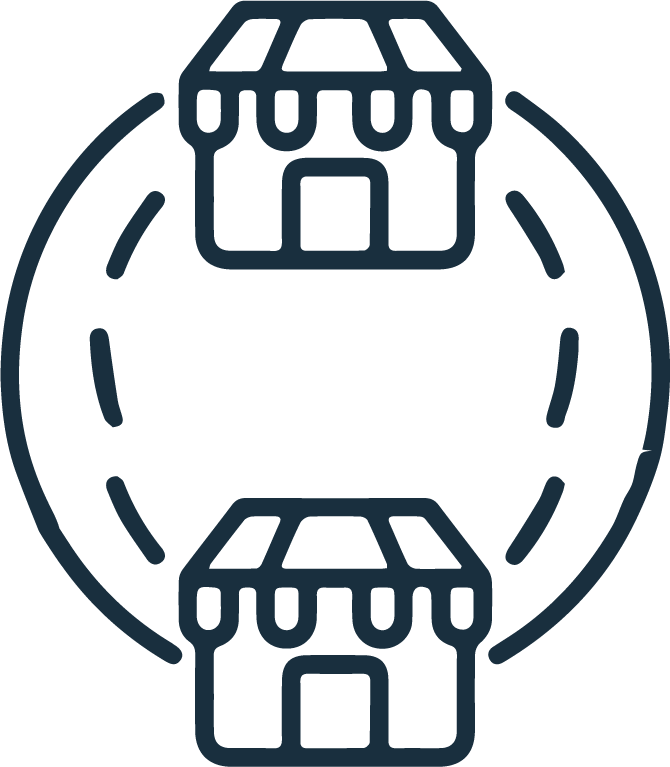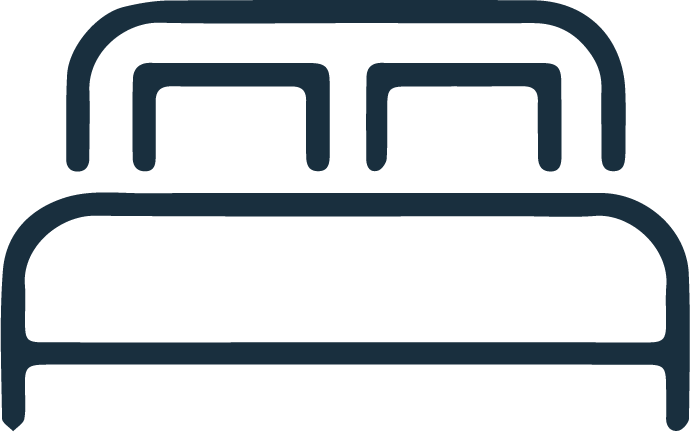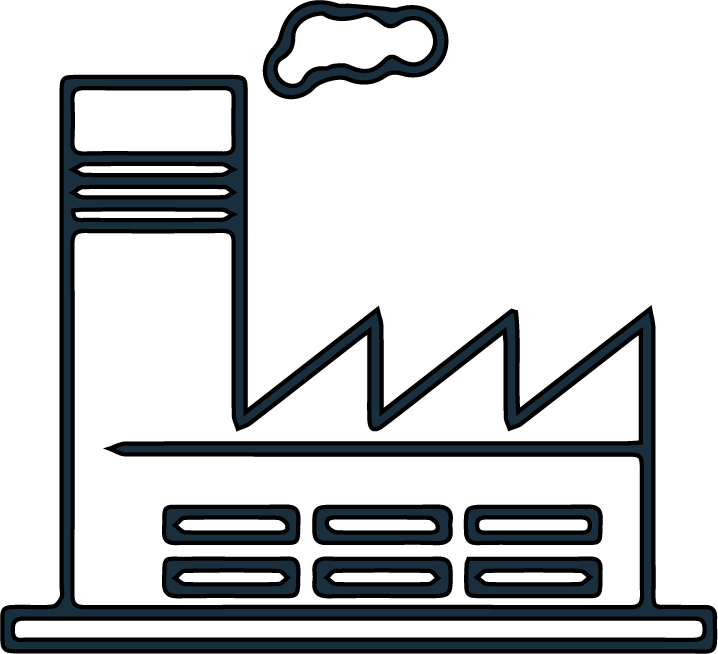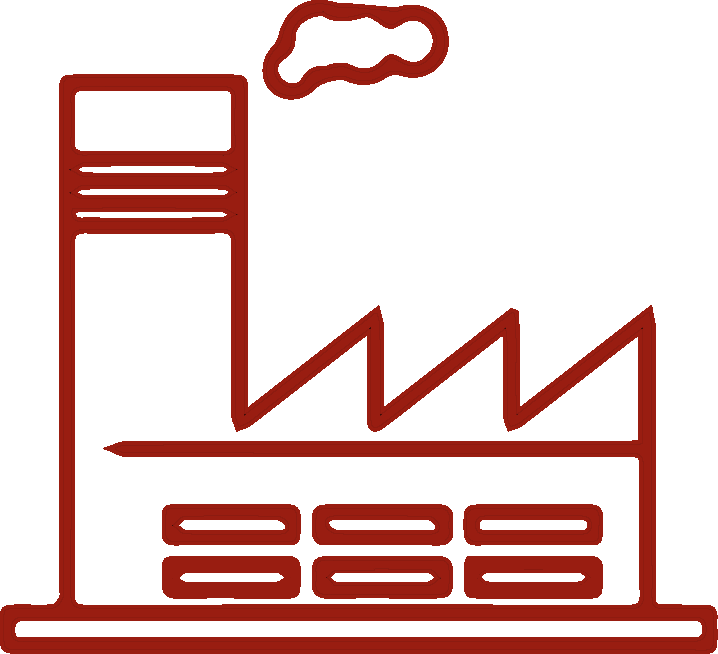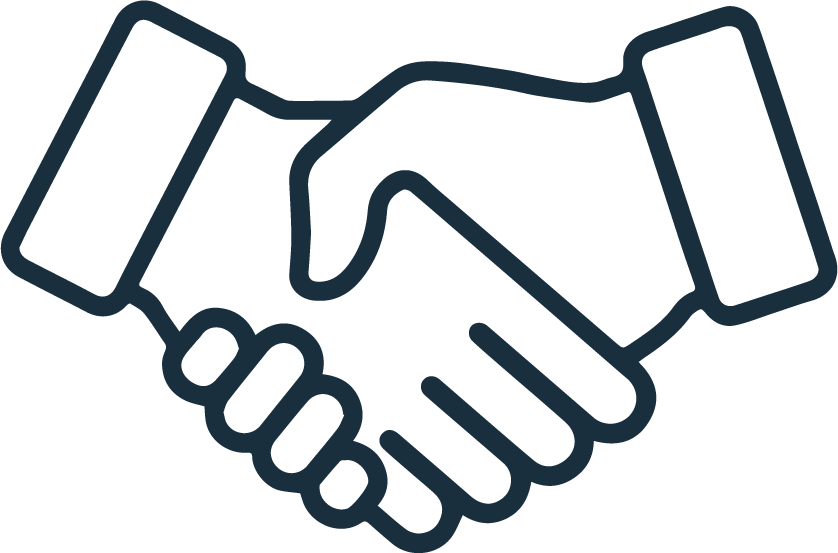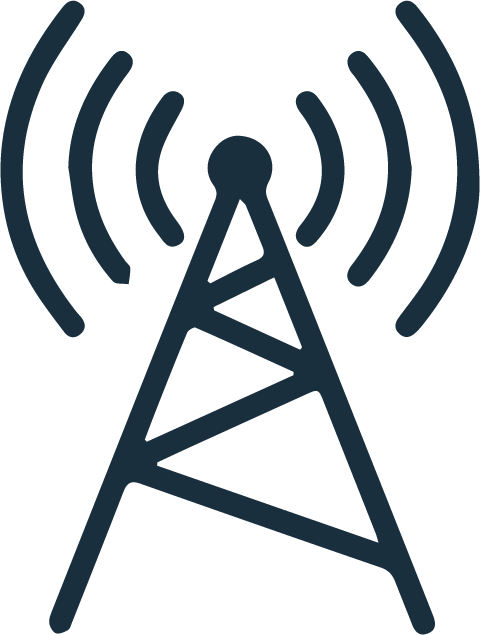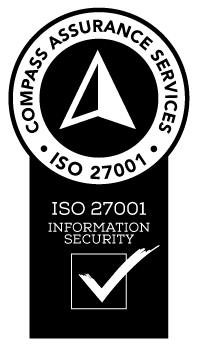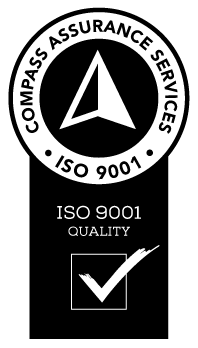Human Resources is more of a vocation than it is a profession. With tasks ranging from the mundane to the critical and sensitive, there is untold scope to the role. Whether operating within a large organization or small boutique establishment, the Human Resource Management System (HRMS) is a platform that contains and distributes employee data, while saving on the department headcount. If you’re looking for a streamlined approach to your Human Resource function, here is an overview of the system and how it enriches businesses or all varieties.
Components Of Human Resource Management Systems (HRMS)
With a Human Resources professional managing small and large teams, it’s imperative that the HRMS add value to the department with intuitive features and design functionality. As a centralised platform that houses all data, the design of the management system is so that all users can gain value through the clear and interactive format. The HRMS will track employee histories, salaries, skills, personal information and accomplishments all in one place. If these details change they can be amended in the platform, without the paper trail and opportunity for human error. Typically the most used function is the management of employee data, payroll services, as well as logging leave requests and attendance. If used to its potential, your HRMS can also be a way of tracking talent management, as well as fostering the learning and development within a team.
Who can use HRMS?
One of the primary benefits of a dynamic HRMS platform is the accessibility it provides teams, garnering productive workflow. Embraced by small and large businesses, an HRMS platform will allow Human Resource professionals the flexibility of accessing data and analysis from any location. In turn, this will free up time that was traditionally spent paper shuffling and data collecting, channelling time into practices that assist the business as a whole. This is a particularly attractive proposition for smaller businesses who have limited resources allocated to such tasks. Like any efficiency-enhancing measure, the benefits are seen in the bottom line. By adopting an HRMS for your business, you may be able to reduce your headcount or FTE’s.
The benefit to the greater business
While the role of the Human Resource department is not always concise, it can become more complicated when the relevant hiring manager is involved in the candidate selection and onboarding process. A responsive HRMS will articulate a clear process, with the payroll and onboarding management operating in automation. A key motivator for employees to resign in the first year of employment is a disorderly onboarding process, which is possible without a HRMS that can do the heavy lifting in that regard. Streamline onboarding and payroll requirements in one place, and have your HRMS set boundaries within departments.
The right HRMS can not only save you time in data entry and retrieval, but also regulate the process so that your team can be better deployed to other business needs. Share the arduous responsibilities with a system designed to manage employees process, which will yield greater business outcome.
Contact i3Group online to discuss how this system can add value to your business.
Interested in more payroll advice for your HR department? Check out our master guide here!
